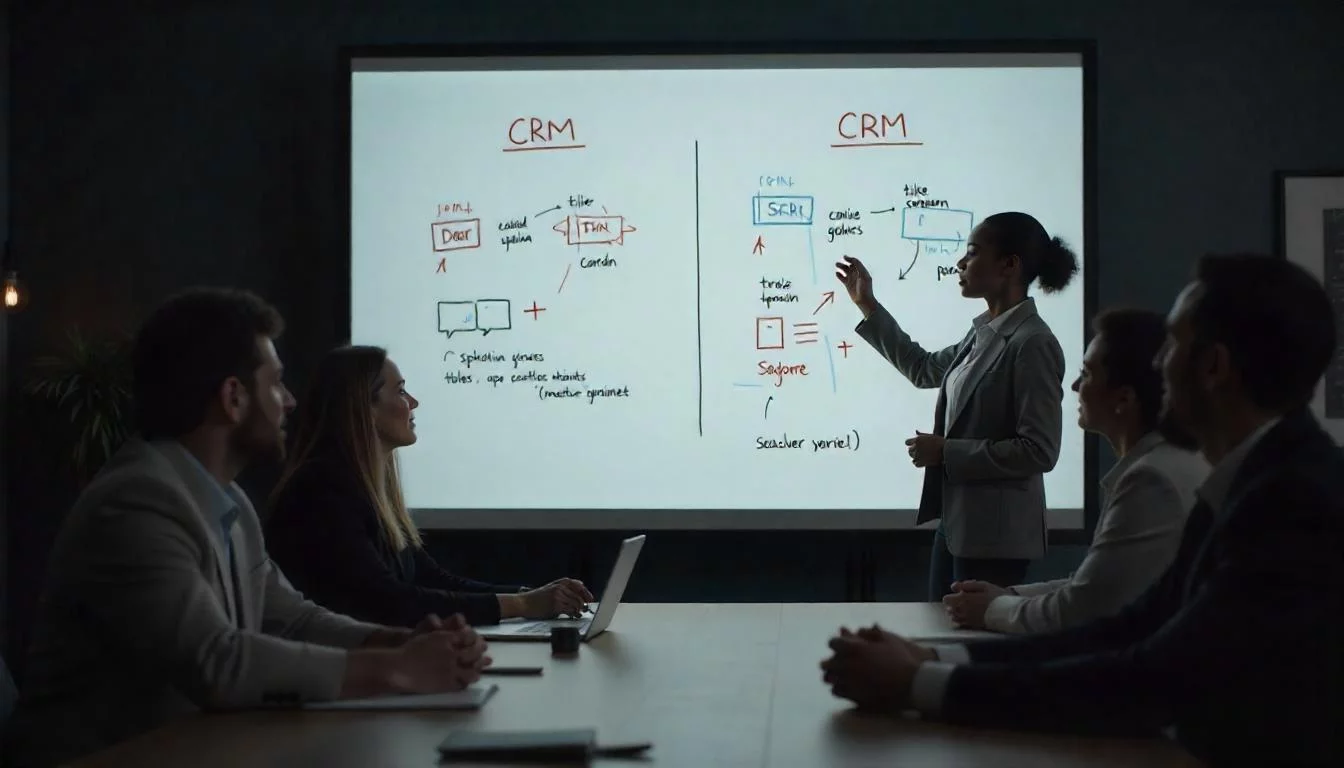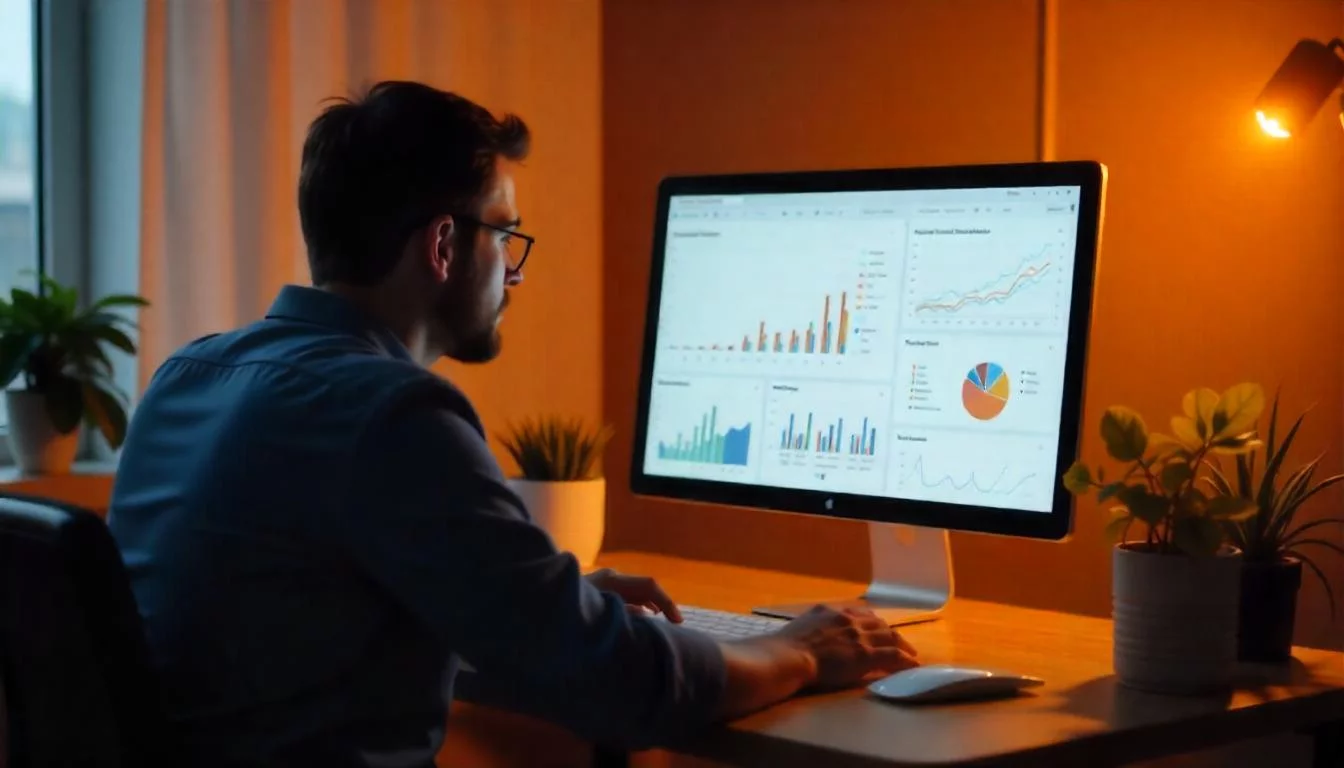If your business uses online marketing, it is likely that you have heard about the term “programmatic marketing” and how it has changed the advertising landscape.
It is widely claimed to be the future of digital marketing, but how does programmatic marketing platform work? How is it defined? What are the advantages and opportunities? Here we break it down for you –
What’s Programmatic Marketing?
In simple terms, programmatic marketing is a way to target what type of audience you wish to show your ads to. This can comprise segments across demographics like age, gender, social standing and geographical areas.
As is the case with Paid Search, you can put limitations to the ads regarding the time of the day and frequency of the ad visibility. You can, therefore, decide which publishers you want to show your ads on.
This way you only pay for the most effective adverts- delivered to the right people, at the right time. This differs from traditional ad buying in a way that- no longer do the buyers need to agree to a run a particular number of ads with a publisher and get locked-in to a contract.
Specifically, programmatic advertising definition is
This process involves using software for automated purchase, placements and optimization of media inventory through a bidding system. Automating it means that it can be done on a real-time basis. Thus, it doesn’t have to be dependent on human intervention like manual insertions or trading. It allows the brand to customize their message/creation to the right person, at the right time and in right the context, using the visitor information gathered from the brand (i.e. the customers you want to target) around the type of audience that they want to target. This method delivers better precision and personalization of messaging and media- resulting in increasingly efficient targeted campaigns and less of what we call “spray and pray” method- which is less targeted and depends completely on sheer volume, primarily on impressions.
How does Programmatic marketing work in real-life?
There are two main types of programmatic marketing or advertising, they are- Real-Time Bidding (RTB) and Programmatic Direct. In Real-Time Bidding (RTB)- brands use a demand-side platform (DSP) to decide which impressions to buy and how much to pay for them- while publishers use a supply-side platform (SSP) to see advertising space to the brands. Consequently, these two platforms are then matched-up in real time. Programmatic Direct – also called Programmatic Guaranteed on the other hand means- guaranteed impressions. A specific price is pre-set by the buyer and the seller before the impressions go live on the website. When the agency (brand) wants to reach to a wider audience, magnify the message- beyond the pre-agreed campaign, the marketers can bid for the real-time impressions.
How does Programmatic marketing differ from traditional methods of digital marketing?
Programmatic marketing, buying and advertising is about driving efficiencies in marketing expenditure and resource. While, ad buyers manually purchase the digital ad space for their clients (in short, there is human intervention). In programmatic marketing- the process of buying, placement and the optimization are more efficient as it is done by computers and algorithms- removing the need of mundane tasks such as insertion orders, dealing with different tagging requests and it cuts down time to market as well.
Programmatic advertising is also different from Google Display Network (GDN)
The two concepts are often confused one for another.
While programmatic marketing offers the opportunity to take digital display ads to the next level, Google Analytics, AdWords and other third party analytics can give us good data on customer behavior, campaigns and so on. This data can be examined on behavioral funnels onsite, converting traffic, actions performed, bid optimizations, keywords etc.- all vital for your digital marketing strategy.
Programmatic Marketing, however, is the best when it comes to making the most out of your digital ad- as it can deal with behavioral data much faster. It uses software so that machine intelligence chooses the ideal placement; purchases those advertising placements in real-time depending on users’ interests, behavior and location etc. It leverages all the useful data to match users to your campaign and bid on the best placements far more effectively.
Programmatic marketing method uses powerful real-time bidding in a much more sophisticated way than Google AdWords or Google Display Network. It automates the buying of ad space in real time based on present user information.
How to do Programmatic advertising?
Start with just one demand-side platform- software which can allow you to-
- Run campaigns across inventory from several ad exchanges (DoubleClick, AppNexus)
- Permits you to bid by value assignments you have given across various variables (creative size, device, time of the day, audience etc.)
- Gives you access to various third-party data sources and permits use of first data sources in searching for customers and first-party data sources for re-targeting
- Bills you with dynamic Cost Per Impression (CPM)
Put emphasis on new customers
Advertisers need to avoid paying for existing customers and free up marketing funds to expand to newer audience. This aids in maintaining a healthier balance of targeting that seeks prospects.
If this is not set as a performance metric, then there is a risk of paying for inexpensive impressions that seemingly drive performance but aren’t essentially pushing further growth.
Consider in-house ad server
Bringing an ad server like DoubleClick in-house can give you the visibility into the category of content and domains to which ads are being served. It also helps in analyzing impression overlap between vendors to increase reach, efficiency and drive performance. You have to make sure that the chosen ad server has ‘attribution’ for its key feature.
Confirm Transparency
Ensuring transparency is more difficult than it may seem. Marketing professionals need to confirm that they have visibility into what media is bought as well as the impressions across the apps and websites. Of course, you will want to check to find the impressions that you bought and the sites you appeared on were delivered. Transparency helps you check the expenditure and cost-per-impression across your marketing budget and provides you an early-sign warning system for any potential issues- like paying for premium prices but buying mostly low-value traffic.
Set up conversion tracking
Regardless if you are running a direct response campaign or just an awareness, you should set up conversion tracking. Re-target from valuable areas of your website and create look-a-likes to utilize in your prospecting campaigns.
Establish realistic goals
If the cost-per-acquisition goal is a stretch target, it may be unintentionally forcing bad practices and inefficiencies. It is better to understand the customer journey and invest as a result. Like for instance, permitting a higher CPA for tactics greater up the funnel or further from the point of conversion may produce a better overall return.
Is Programmatic advertising worth it?
Simply put, yes. eMarketer predicts “more than $46 billion will go to programmatic advertising in the US this year. By 2020, 86.2% of all digital display ads will be bought via automated channels”.
eMarketer principal analyst Lauren Fisher comments –
“Private setups give buyers and sellers greater control over their automated buy. They may have initially served to bring in reticent buyers and sellers, but now private setups drive much of the change and momentum in the marketplace, as both parties seek greater control from their programmatic efforts. The system works, and is used because it is an efficient use of both time and resources”.
The biggest advantage of programmatic marketing is that the advertisers can be incredibly particular about their adverts relevance to the audience- cause of the amount of data available on targeted viewers.
The data and targeting are very strong and as the process takes place in real-time and is assisted by automated real-time bidding decisions based on data- it reaches the right audience, at right time, in the right place- as aforementioned. This is simply not possible with traditional display ads.
Target your KPIs more closely
Programmatic continually works on improving performance towards your campaign KPIs and increasing the overall ROI.
Reduced human error
It dramatically reduces human error in the process of media buying because of the use of a machine for precise targeting.
Achieve more customer insights
You learn more about your audience. Programmatic marketing gathers ‘smart data’ depending upon the type of audience that engage with your brand. You can take these insights and apply it across all your marketing efforts to increase overall campaign performance- creating a more holistic marketing strategy
More time and efforts focused on strategy
Rather than confusing yourself with RFQs, RFIs, RFPs and spending time on mundane tasks such as creating insertion orders, professionals can focus more time and energy on strategy
Cost-effective approach
With programmatic marketing-the advertisers have the ability to regulate the CPMs in real-time based upon how deeply that impression is valued.
Scalability
It also allows you to reach a larger audience across the multiple websites and touch-points in a timely and efficient way
Win-Win situation with publishers and users
The programmatic buying doesn’t lead to slow load time of the page for the user, which keeps both publishers and users happy.
What’s next for Programmatic Marketing?
Many wonder if programmatic marketing is the future of digital marketing and it may be so. In fact, Magna Global Programmatic intelligence report forecasts 50% of all advertising to be programmatic in 2019- which is less than what Forrester estimates- but it’s still significant growth.
As AI technology has been central to the AdTech discussion throughout 2018, the technology will be utilized with auctions and dynamic creative optimization- permitting publishers and advertisers alike to be more creative. It will be used in re-marketing and assisting in media buying by predicting the likelihood of customer-response to a specific advert and bidding on it accordingly.
In 2019, one more potential development will be using Blockchain and Ads.txt to curb ad fraud and promote transparency. Blockchain+AdTech is based on the principle of decentralization- and have been able to tackle ad fraud by removing domain spoofing, verifying the legitimacy of publishers and allowing transactions using cryptocurrencies.
Meanwhile, publishers can host ads.txt- an ‘Interactive Advertising Bureau’-approved file on their servers that displays all the companies that are allowed to sell the publisher’s inventory. This is another way of curbing ad fraud by stopping unauthorized reselling of ad inventory.
“The continued promise of TV dollars moving to programmatic will drive innovation while programmatic audio and digital OOH (out-of-home) will make large strides in 2019, potentially beating TV to programmatic saturation. Overall, choice will be the driving factor of 2019 from both the buy and sell side of programmatic AdTech, how the industry continues to adjust to those choices is to be determined” predicts Amanda Martin, Director Enterprise Partnerships, at Goodway Group.
Let’s Build Digital Excellence Together










